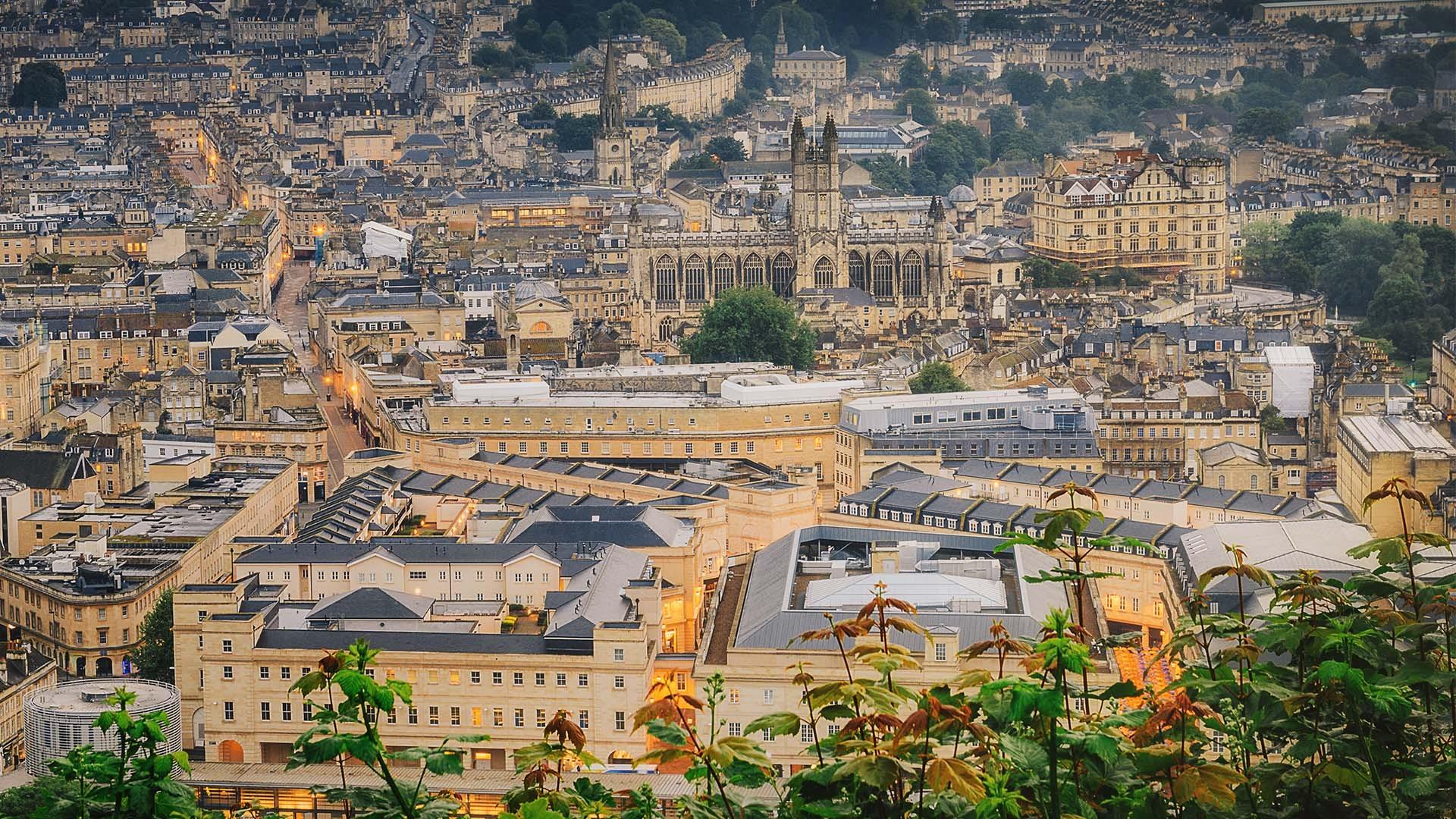Welcome to the Visit Bath blog, a virtual treasure trove of Bath tips, inspiration, insights and highlights.
Whether it’s the world-class spas, gorgeous architecture, marvellous food or cultural attractions that are luring you to Bath, deciding what to squeeze in on a short break is no easy task. Our blog is here to help, updated weekly with new articles showcasing everything this charming city has to offer throughout the seasons.
Hungry for food and drink recommendations? Curious about Bath’s history? Wondering how to keep little ones entertained in the school holidays? Find answers to all this and more among the ever-growing archive of articles. A quick flick through will leave your head full of itinerary ideas, tips from local experts, and even more reasons to book a trip to Bath.
We cover everything from the niche, including places to stay for Jane Austen fans, to hotter topics such as where to seek out delicious sweet treats. And of course, we also show you how the best way to experience Bath's most famous sights, including roundups of the iconic attractions everyone should visit at least once, guides to the city’s incredible spas, and previews of the magic of Bath at Christmas.
Whether you’re a first-time visitor, or a long-time resident looking for new experiences in the city, dive in and enjoy getting to know Bath inside out.

























